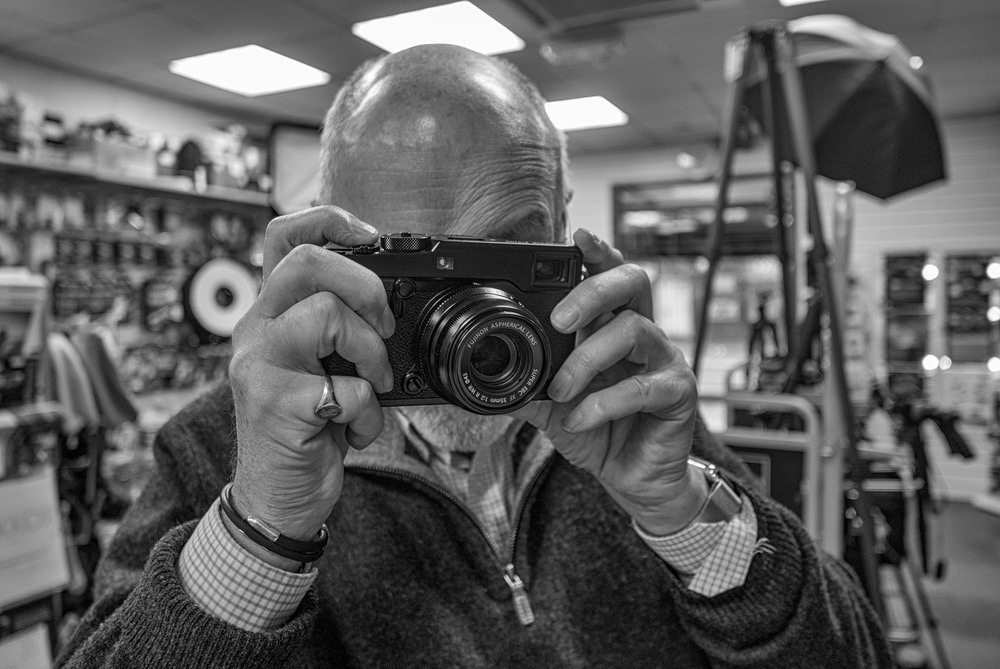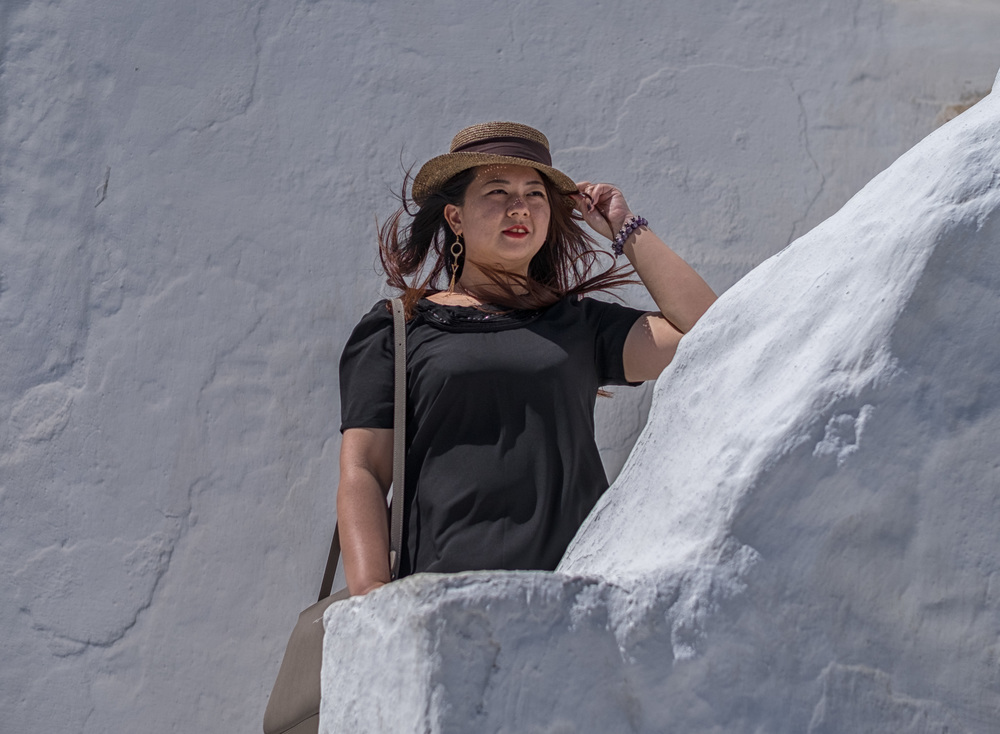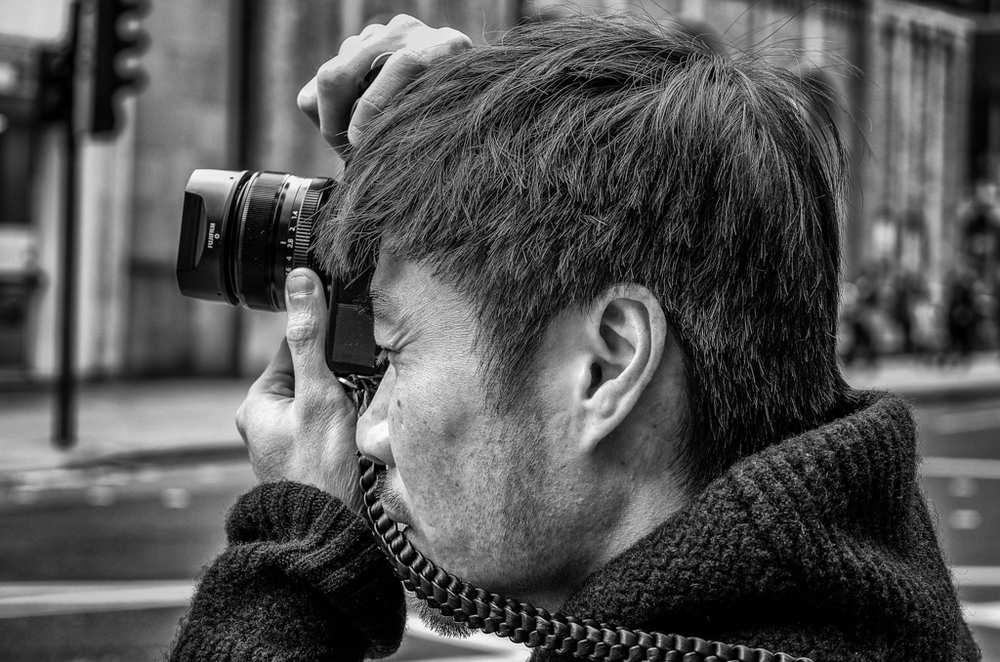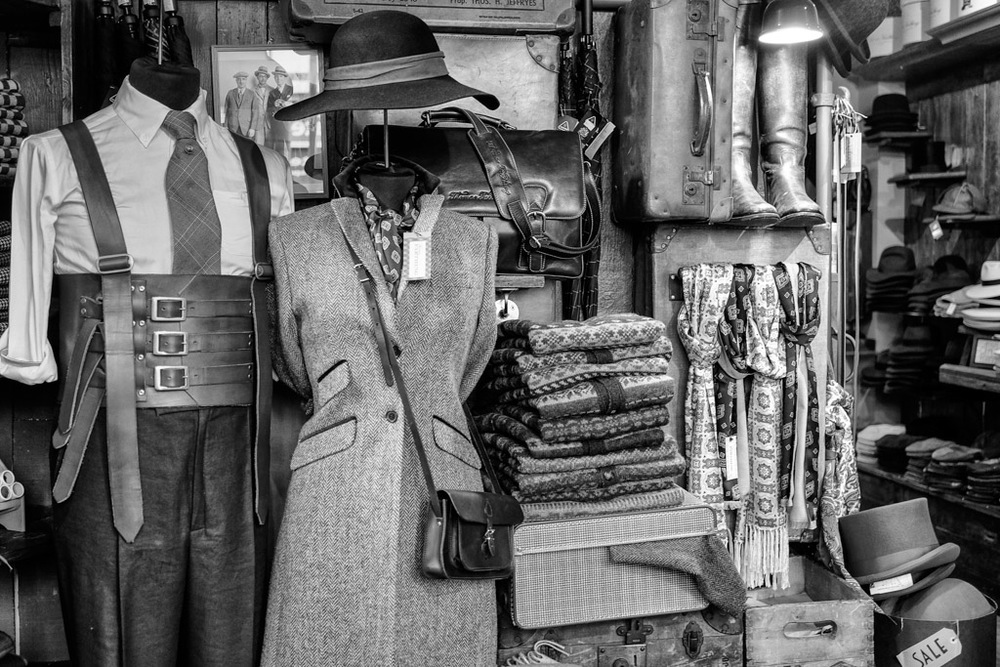
One look at the Fuji X-Pro, which can often be mistaken for a Leica M film camera (at a long-distance, very brief glance, admittedly), and I wonder why it is that Leica hasn’t made a similarly pretty and traditional APS-C camera. This market should have been Leica’s natural hunting ground.
I have absolutely nothing against Leica’s undoubtedly successful relationship with Panasonic. Indeed, I love the D-Lux (or LX-100) and Panasonic make some very fine cameras. But in recent years it is Fuji that has powered ahead, even attracting professional photographer who fancied a dusting of mirrorless magic. I sometimes ponder on what would be if, instead, Leica had continued its old, pre-Digilux 2, cooperation with Fuji.

Manual controls
As a Leica user I am disposed to favour Fuji’s approach with the X-Pro to, say, Leica’s futuristic T or, even, Fuji’s own X-T1. If the T had been more like the Fuji, with a full set of manual controls and more the all-round rangefinder kind of guy, I am convinced it would have been more successful.
There isn’t much price difference on the bodies—the new X-Pro2 is £1,349 and the T body can now be had for a tad over £1,000 (it lists at £1,350, exactly the same as the Fuji). The T has been around for a couple of years and discounts are available whereas the Fuji is at full price for the time being. But what is the world coming to when a Fuji camera body is more expensive than its Leica opposite number?
A significant difference exists in lens prices, as you might imagine. The Fuji 23mm f/1.4 costs £600 while the slower f/2 23mm Leica Summicron TL lens now has a street price of under £1,100). And the new 35mm f/1.4 prime from Leica costs a whopping £1,650 plus £65 for the hood. Compare that with Fuji’s excellent 35mm f/1.4 that can now be had for around £360. But people will definitely pay more for Leica glass and no mistake.
The T is actually a very good camera with some excellent lenses that compete in image quality with the company’s posher M offerings. It produces great results and it handles well, with a simplicity and sense of purpose that is admirable. In the tradition of Leica, it has a purer approach. It is let down, in my opinion, by two aspects. One is the over-emphasis on touch control at the expense of physical buttons. I prefer the Fuji approach in this respect. But it is the lack of an integral viewfinder that is the killer.
To expect customers to pay upwards of £400 extra for a viewfinder which then sits unattractively on top of the camera in the hotshoe is a very doubtful proposition. I dislike external electronic viewfinders in general (although I do quite like a top-mounted optical viewfinder on older cameras, they add to the mystique) and it is one of the reasons I seldom use the EVF on the Leica M. It is just so much more natural to use the rangefinder.
If, and it is a big if, pure conjecture in fact, Leica marketed the Fuji X-Pro 2 under its own brand, as it does with some compact cameras from Panasonic, would it be more successful than the T? I think there is no question about that. It would.

Daydreams
Still, this is just daydreaming. I don’t think there is a cat in hell’s chance of Leica ditching Panasonic and making googoo eyes at its old Fuji flame. For one thing, the Panasonic range overall is probably more suitable for Leica’s compact offerings, more complementary if you will.
Leica also has a productive two-way development relationship on cameras and Leica-branded micro-four-thirds lenses suitable for Olympus and Panasonic cameras. But I imagine, also, Fuji’s X Series is just a bit too close for comfort when it comes to APS ILCs with professional pretensions.
Cap doffing
All said, the X-Pro2 is an exceedingly fine camera in its own right and it need not doff its cap to the red dot. The unique-to-Fuji hybrid finder (also found in the X100T) is something of a masterpiece, offering a 0.48in electronic screen with 2.36 million dots as well as an optical view. It is smaller than the screen in the X-T1 and inferior to Leica’s class-leading offerings in the Q and SL (none of which offer an optical alternative), but it is definitely fit for purpose and complements the camera well.
This optical view is selected by a lever on the front of the camera, a take on the Leica frameline adjuster lever but on the opposite side of the lens. It reveals a live view with framelines, offering an opportunity to see outside the framelines for composition and anticipation, something that Leica M users are addicted to.

Picture-in-picture
In a departure from the original X-Pro1, the new finder has to option to show a small electronic view in the bottom left-hand corner of the scene. This can be used for focus peaking or split-image display to help with focus when using manual lenses. Unlike the Leica rangefinder, however, the Fuji optical view benefits from an electronic overlay of status and settings in addition to the framelines.
Is this optical finder a gimmick? In some ways can be argued that it is. Ultimately it is a disappointment for any buyer hoping to reproduce the Leica rangefinder experience. The split image option on the Fuji (one of several, including focus peaking) leaves a lot to be desired—it is too blurry for my liking—and I would not want to use it regularly. After playing with the OVR for a few hours both on the X100T and now on the X-Pro2, I find myself using the electronic viewfinder out of preference.

Foibles
This is a minor quibble and probably a personal foible on my part. Essentially, there is no need to wonder why so many Leica users have Fuji as a second camera. They just feel more comfortable and at home with the Fuji image and attention to detail. They have a similar sense of camaraderie and “belonging” when they see other X-Series users as do Leica owners when spying an M3 or M240 in the wild. Using and liking Fuji equipment is in my view complementary to the Leica rangefinder; it not necessarily just a straight alternative.
More from Macfilos
- Leica D-Lux Review
- Leica X Review
- Leica Q – Nine Months of Adventure
- Leica T Review
- Fuji X-Pro First Impressions
- More Leica reviews here
- More Fuji Reviews here
- Subscribe to Macfilos for free updates on articles as they are published. Read more here
- Want to make a comment on this article but having problems? Please read this

I agree with most of what you say except for the OVF v EVF. I prefer the OVF as it is easier on my eyes and makes for much easier choice of composition. Indeed, the EVF on the X-T 1 seems to me to be superior to that on the X-Pro 2. Photographers who want to use EVF only might be better off waiting on the X-T 2. The main advantages of the Fujifilm cameras are the ‘traditional’ layout and handling, light weight and the wonderful lenses like the 23 1.4 (an f 2 would be smaller and better), 27 mm 2.8 and the 35mm f2. The kit zoom is not bad either, but suffers a bit at the edges with the increased megapixels on the X-Pro 2. The Fujifilm cameras also work very well with Leica lenses via an adaptor. I have no interest whatsoever in the Leica T or the SL. I will, of course, be interested in the next M. It does not bother me if it sticks to its traditional design. If, however, Leica decides to combine an in-built EVF with an OVF of its usual standard, you can expect to see a very expensive camera. I hope they can do it, but I would not be surprised if they decide to leave the two streams separate for the time being.
Finally, on the theme of EVFs, I find that focus peaking is very much a ‘work in progress’ for all manufacturers. The real difficulty is in telling where the point of maximum focus lies. This should improve over time. I really like the hybrid viewfinder in the X-Pro 2 which allows you to focus on a smaller part of the overall image and then re-compose. Not perfect, but getting there.
William
Dear William
I suppose a lot depends on individual eyesight and preference. What you say is logical, although I still prefer the Pro2’s EVF to the hybrid OVF. I like to feel that if I want the rangefinder experience I can pick up the M and get the real deal. Currently, though, I am out with the nickel Elmar on the M-P and I have to say I had more fun last weekend when I used it on the Fuji. The M seems too big and heavy for such a little old lens. But the rangefinder seems accurate enough.
It’s interesting, too, that the magnification function (in the VF-2 when fitter) automatically comes into play as soon as the Elmar’s focus ring is moved. The M is unique in being able to offer this automation and the Fuji is in direct contrast where, as with other non-M cameras (not excluding the T which is just like the Fuji) you have to stab a button before every shot to bring up the focus magnification.
I read a couple of days ago, that the new TL Summicron is suitable for "Leica T cameras"…
That "s" at the end might be indicating that something is brewing…
A new T with a viewfinder EVF or OVF would be attractive, well more attractive than that eyesore that is currently employed.
Who can say?
And as for the price of a decent autofocus lens for this system… Leica is expensive, the best costs a lot of dosh…
But there is always "Granny Elmar", and her relatives!
I hope that the touchy geeky T will be sidelined and that they will at last bite the billet and introduce an X camera with T mount. It could even be called the T. It is essential, in my view, that all future cameras of this type have a built-in viewfinder similar to the Q. In the past Leica was reluctant to out a torpedo into M says but this is no longer a problem since the introduction of the SL. The M will sail on regardless and will be in demand by manual lens users.